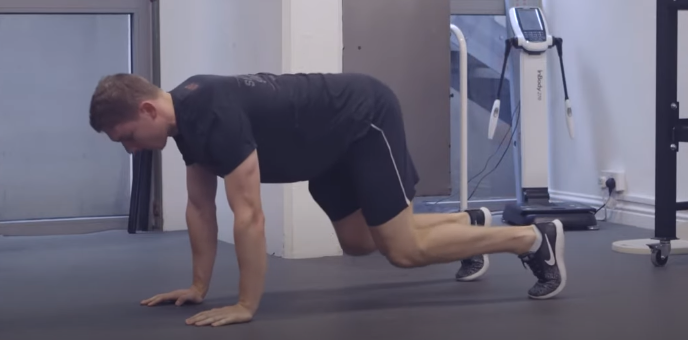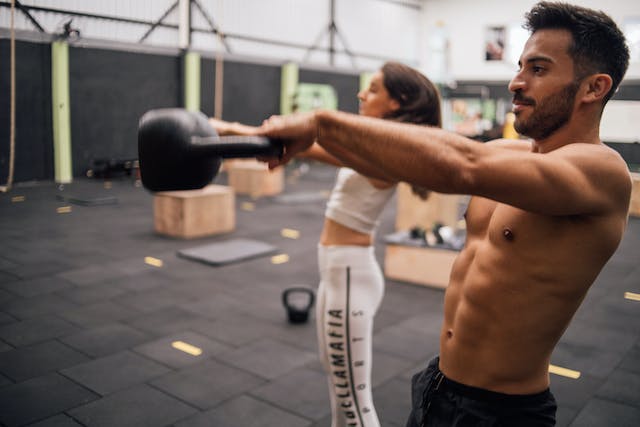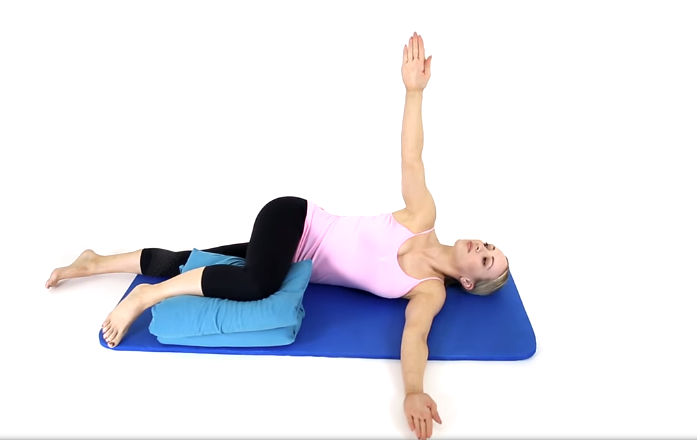
Bear squat are a favorite exercise for many athletes, including myself, and definitely you too, since it’s clear you’re getting into it!
It’s a workout that targets a variety of muscles, with a special focus on the quadriceps. Yes, you’ll feel them working, and that’s the enjoyable part of this exercise.
It’s great to occasionally include this type of exercise in your routine, especially if done before intense activities that require some muscle flexibility.
This exercise can help warm up your muscles and prepare them for compound exercises like barbell squats, snatches, and even the dreaded deadlift.
In this guide, you’ll learn everything about bear squats – how to do them correctly, the benefits, common mistakes to avoid, the targeted muscles, and how to integrate them into your workout routine. Enjoy the burn!
Bear Squat Overview
Named the bear squat because you place your hands and feet together on the ground, starting the squat in a bear-like position.
Pressing on your thigh muscles and arms, you lift your body until your hands and feet are well extended. Then, you lower until your knees are close to the ground.
This exercise is a challenge, incorporating even more muscles. Here, we’re talking about engaging the core, arms, and shoulders.
As well as focusing on the quadriceps and hamstrings, These are the primary muscles targeted, staying tense throughout the exercise.
How To Bear Squat Properly
Starting Position:
- Begin on all fours, with your hands directly under your shoulders and your knees under your hips. This is the starting position, often referred to as the bear position.
Alignment:
- Keep your wrists aligned with your shoulders and your knees aligned with your hips.
Lift Hips:
- Lift your hips toward the ceiling, straightening your legs and bringing your heels towards the floor. Your body should form an inverted V shape.
Extend Arms:
- Simultaneously, extend your arms straight, pressing your palms into the floor. Your head should be positioned between your arms.
Hold and Engage:
- Hold the extended position briefly, engaging your core and thigh muscles.
Return to Bear Position:
- Lower your hips back down to the starting bear position, returning your knees and hands to the ground.
Repeat:
- Repeat the movement for the desired number of repetitions.
Pro Tip
- Focus on controlled movements rather than speed.
- Engage your core throughout the exercise to stabilize your body.
- Keep your back straight and avoid rounding or arching.
Mistakes To Avoid
- Avoid locking your elbows in the extended position.
- Ensure your wrists are directly under your shoulders.
- Don’t let your shoulders collapse; keep them engaged.
Bear Squat Benefits
There’s no workout without benefits, and the bear squat is no exception! Here are several perks to doing bear squats:
Joint Engagement:
- Bear squats engage a variety of joints, promoting flexibility and mobility.
Leg Strengthening:
- They strengthen leg muscles, especially the quadriceps and hamstrings.
Coordination and Balance:
- Great for developing coordination and muscle balance.
Muscle Endurance:
- Helps build muscle endurance, enhancing your performance in compound exercises like loaded squats or deadlifts.
Bear Squats Muscle Worked
Quadriceps: Located at the front of the thigh.
Hamstrings: Located at the back of the thigh.
Glutes (Buttocks): Muscles of the buttocks.
Calves: Muscles of the lower leg.
Core Muscles: Engaged for stability and balance.
The Key Different Between Bear Squat And Other Squat Variations
The key difference between the bear squat and other squat variations lies in the starting position.
While traditional squats begin from a standing position, the bear squat starts on all fours, resembling a bear’s stance.
This unique setup engages different muscles and offers a distinct challenge compared to regular squats, that’s mean bear squats tend to engage upper body muscles too.
Workout Routine
Warm-up:
- Jumping jacks – 2 minutes
- Arm circles – 1 minute
- Leg swings – 1 minute
Bear Squats: 4. Bear squats – 3 sets of 12-15 reps
Complementary Exercises: 5. Push-ups – 3 sets of 10-12 reps
- Bodyweight lunges – 3 sets of 12 reps per leg
- Plank – 3 sets, hold for 30 seconds to 1 minute
Integrate Bear Squats: 8. Bear squats (again) – 2 sets of 10-12 reps
Featured Image and Video Credit to : W10 Personal Training Gym



